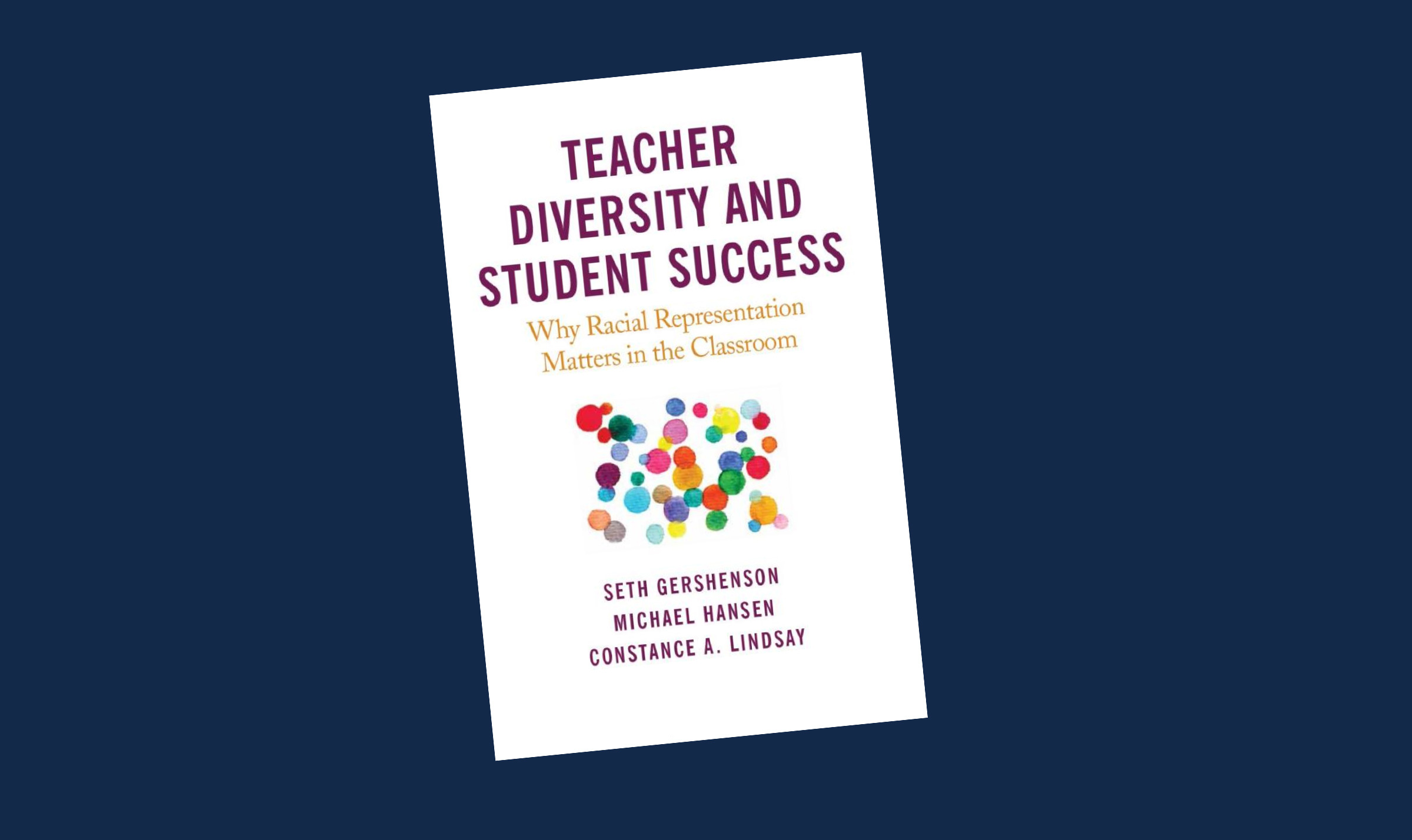A new book co-authored by UNC-Chapel Hill School of Education faculty member Constance Lindsay examines evidence that a more diverse teacher workforce benefits all students, especially Black males from low-income households.
The book, “Teacher Diversity and Student Success: Why Racial Representation Matters in the Classroom,” describes evidence from multiple studies — including ones conducted by the authors — that demonstrate the positive impacts of students having at least one teacher of the same race.
Other co-authors are Seth Gershenson, an associate professor in the School of Public Affairs at American University and a research fellow of the IZA Institute of Labor Economics, and Michael Hansen, a senior fellow at the Brookings Institution and the director of the Brown Center on Education Policy. The book was published by Harvard Education Press.
Lindsay’s research focuses on policies and practices to close racial achievement gaps in education, with a focus on teacher diversity and how to obtain a high quality, diverse educator workforce.
In the book, the authors discuss persistent racial achievement and attainment gaps that result from systemic inequalities in public schools. They present evidence that promoting diversity in the K-12 teacher workforce — especially of Black and Latino teachers — can have powerful effects in raising academic achievement among Black and Latino students.
A study conducted by a team that included Lindsay and Gershenson of data from North Carolina and Tennessee found evidence that having a Black teacher at least once in elementary school increases the likelihood that Black students — and Black males from low-income households in particular — will complete high school and aspire to attend college.
The issue is important because the U.S. teaching workforce is vastly mismatched to the public school student population, with a trend of decreasing diversity among teachers while the population of Black and Latino students continues to grow, the authors say.
“[A]t every level of schooling and in districts throughout the country, no matter how success is measured, students benefit from having instructors who look like them,” the authors say. “This finding reaffirms our central thesis: teacher diversity is teacher quality.”
“Given that the teaching force is disproportionately white and will be for the foreseeable future, though, it would behoove us to understand why same-race teachers are so effective and see if some of those unique skills and practices can be taught to the teaching force at large,” the authors say.
The book explores factors that have worked to create representation gaps in the teacher workforce, including how teachers of color are lost at every point along the teacher production pipeline.
The authors discuss policies that could increase teacher diversity and support efforts to allocate teachers of color among schools to benefit students. They also call for improvements in the training of white teachers to make them more effective in teaching diverse student populations.
